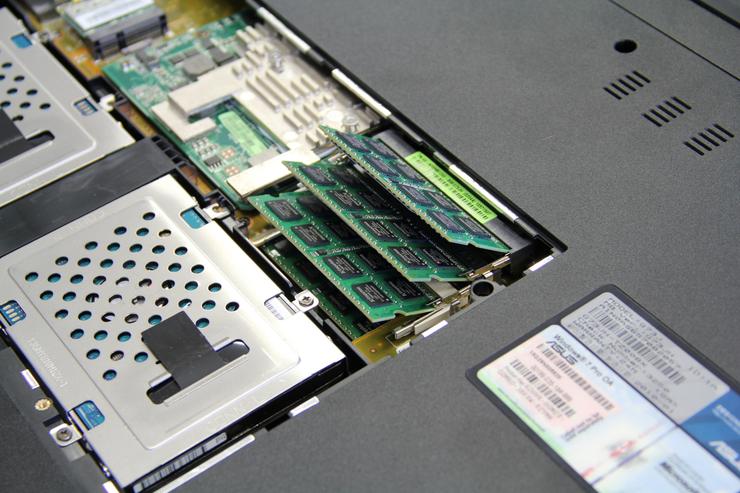
The price of DRAM, the main memory inside personal computers, will likely keep falling throughout the first half of next year before a recovery takes hold, analysts and market researchers say.
The chips, which are important to the overall speed of a computer, have been pricey over the past year because of a PC industry recovery. But in recent months, shaky consumer confidence has hurt PC sales and sent chip prices down. Increased production by DRAM makers has further hurt chip prices, and more factory capacity is coming on line that will keep DRAM prices on the decline.
The price of high-end 2GB DDR3 (double data rate, third generation) DRAM modules declined to US$25 in the first half of November, down 46 percent from its peak of US$46.50 in the first half of this year, according to DRAMeXchange. The market researcher forecast the price will fall to US$20 by the end of this year.
Increased output by Samsung Electronics has recently pushed the price lower, while production increases by its rivals has kept up price pressure in the fourth quarter, DRAMeXchange said.
Samsung expanded capital spending aggressively early this year, with 9 trillion Korean won (US$7.8 billion) earmarked for its memory chip business, a massive sum for one company. During its third quarter investors' conference, Samsung executives said they expected DRAM prices to fall as much as 30 percent by the end of this year.
iSuppli analyst Mike Howard, believes Samsung aims to capture as much as 50 percent market share in DRAM and has worked hard to expand and upgrade its factories.
"By investing heavily in expanding production and advancing its manufacturing technology, the company has been able to cut pricing and to eat into the market share of its competitors," he said in a statement.
Samsung's share of the global DRAM market surged to 40.7 percent in the third quarter, up from 35.4 percent in the second quarter.
Falling DRAM prices normally mean PC buyers will find bargains when shopping for new computers. This time, while prices may fall for DRAM modules sold in stores, PC vendors appear to be planning to offer better overall systems instead of lowering prices.
At a recent investors' conference, Gianfranco Lanci, president and CEO of Acer, said prices of a number of components had fallen, including DRAM and LCD panels, but, "you're probably not going to see the price [of a PC] going down, you're likely to see the specs going up."
Acer is one of the world's biggest PC vendors.
Investment banking firm Credit Suisse forecast the DRAM market will remain in oversupply through the middle of 2011 but will regain footing in the second half of the year. The firm said quarterly DRAM revenue will likely bottom in the first quarter of next year before starting to recover in the second quarter.
Join the CIO Australia group on LinkedIn. The group is open to CIOs, IT Directors, COOs, CTOs and senior IT managers.
